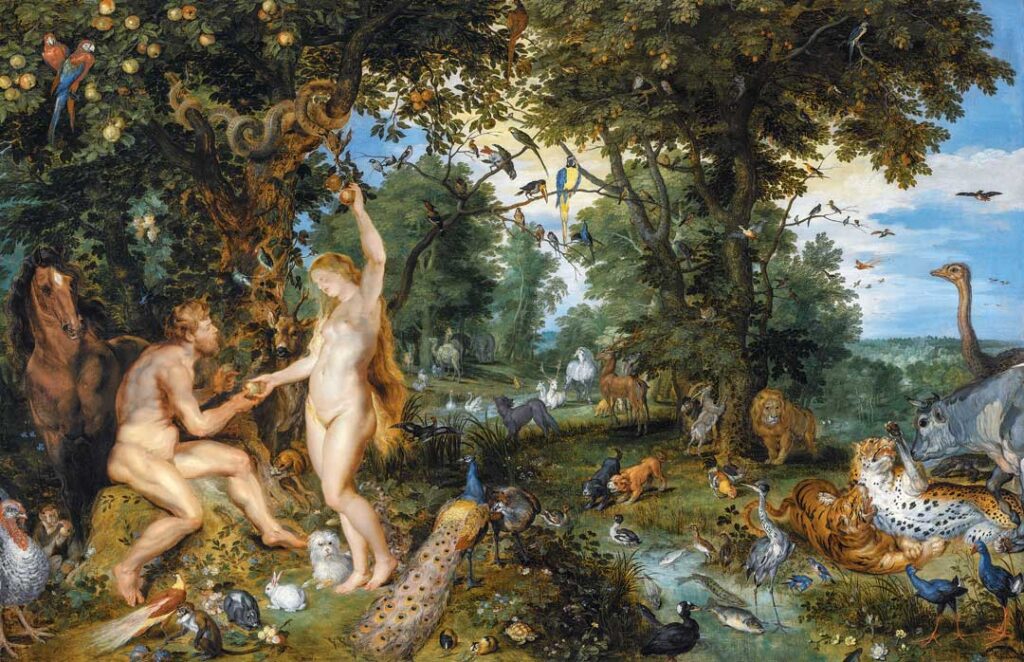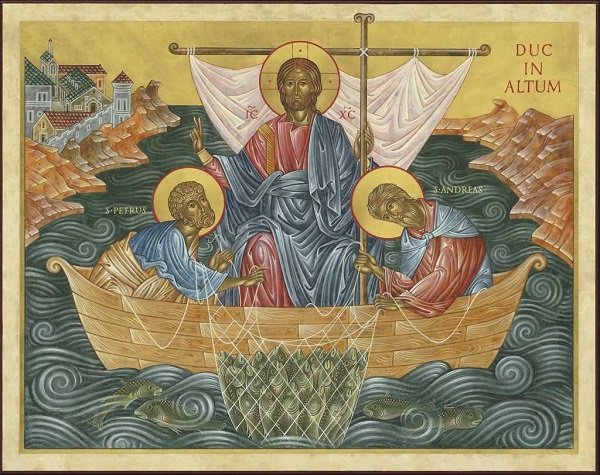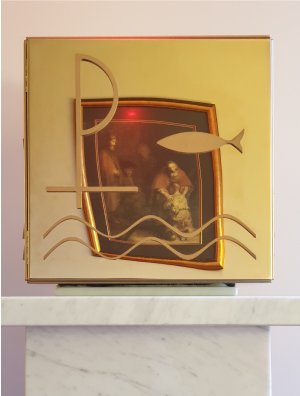In that strange and sobering tale from the First Book of Samuel, the Ark of the Covenant is returned to the Israelites after wreaking havoc among the Philistines. It had crushed Dagon, the god of grain and thunder, in his own temple—first knocking him face-down before the Ark, then shattering his head and hands on the threshold. The Philistines, terrified and covered in tumors, did the sensible thing and sent the Ark back to Israel. But then something even more curious happened: the Ark came to rest in the town of Beth Shemesh—”House of the Sun”—and the people rejoiced at its return. Until they did the unthinkable. They looked inside.
They peered where they ought not to have peered. They reached where they had no right to reach. And God struck down seventy of them. One moment, there was celebration and sacrifice; the next, mourning and fear. “Who can stand before the LORD, this holy God?” they cried (1 Sam 6:20). An excellent question. But one might also ask another: why did they look?
This is no idle curiosity. At its root, it is a pattern as old as Eden—a reaching, a grasping, a seizing of what is God’s alone. A refusal to let mystery be mystery, to let God be God.
The Original Grasp
If we follow the thread backward, we find the same movement in the first pages of Genesis. Adam and Eve, surrounded by abundance and beauty, were given everything—save one tree. One tree to remind them that they are creatures, not gods. And what did they do? “She took of its fruit and ate” (Gen 3:6). They grasped.
This grasping is the essence of sin. Not merely disobedience, but an unwillingness to receive on God’s terms. A desire to possess, to control, to master—even the divine. And ever since, the human heart has been a clenched fist.
We see it in the builders of Babel, who would make a name for themselves. We see it in Saul, who offered sacrifice without waiting for Samuel. We see it in Uzzah, who put out his hand to steady the Ark and fell dead for his presumption. And we see it most clearly in ourselves.
We grasp at knowledge, power, pleasure, security. We grasp at control over our lives, our reputations, even our religion. We grasp at divinity—but not through love, through theft.
The Ark in the House of the Sun
Beth Shemesh, the “House of the Sun,” becomes a bitter irony. The people of the sun looked into the Ark of the true Light and were consumed. It is as if natural light dared to examine supernatural glory and was burned in the attempt. Like Icarus flying too near the sun, they forgot the distance between creature and Creator.
Yet the Philistines, pagans though they were, had feared the Ark more wisely. They did not look into it. They offered guilt offerings and backed away reverently. Sometimes the outsider sees more clearly than the presumptuous insider.
He Emptied Himself
Now let us leap forward, from the House of the Sun to the hill of Calvary. Here is a new and better Ark—not gold-covered wood, but flesh and blood. The fullness of divinity dwelling bodily in Christ (Col 2:9). And what did He do?
“Though he was in the form of God, he did not count equality with God a thing to be grasped, but emptied himself…”
(Philippians 2:6–7)
Here, at last, is the reversal. Where Adam grasped, Christ releases. Where Eve clutched, Mary surrendered. Where we seize, Christ serves.
The Greek word used by St. Paul—harpagmon—is rich with meaning. It suggests robbery, violent taking, the sort of grasping that desires to pull down what is not rightfully ours. But Christ refuses to do what Adam did. He does not clutch at glory. Instead, He pours Himself out.
He becomes a servant. He washes feet. He dies.
And because He does not grasp, He is exalted. “Therefore God has highly exalted Him and bestowed on Him the name that is above every name…” (Phil 2:9).
Let Go or Be Broken
The Ark broke Dagon, because Dagon was a lie. The Ark judged the men of Beth Shemesh, because they tried to take what was not given. And in both cases, the message is the same: you may not grasp at God.
You must kneel. You must receive.
We are all tempted to think of the holy as manageable—something we can systematize, dissect, or wield. But God is not a subject to be studied; He is a fire to be adored. Even theology, done wrongly, becomes a form of grasping—when it is used not to worship but to wield.
Worship, at its heart, is the act of letting go. It is the antithesis of grasping. It is the opened hand. It is the fiat of Mary. It is the silence before the burning bush. It is the reverent fear that asks, “Who can stand before this holy LORD God?”—not with despair, but with awe.
What Are You Grasping?
Ask yourself: what am I trying to possess, control, manipulate?
- Am I grasping at recognition instead of serving in obscurity?
- Am I clutching my fears instead of trusting in providence?
- Am I seeking to pry open God’s will instead of waiting in prayer?
There is only one path out of Eden, and that is the path of self-emptying. It is the way of Christ. And until we stop reaching and start kneeling, we will remain east of the garden—blind to the Ark, burned by the sun.
The Hands That Open Are the Hands That Are Filled
The world tells you to take. The Gospel tells you to give.
Beth Shemesh warns us that curiosity, even about the holy, becomes deadly when divorced from reverence. The fall of Dagon tells us that no idol, however proud, can stand before the real presence of God. But Christ tells us—through His own humility—that the way to divine glory is through human surrender.
Stop grasping. Start receiving.



